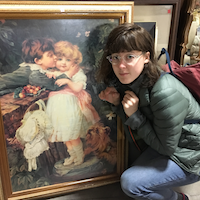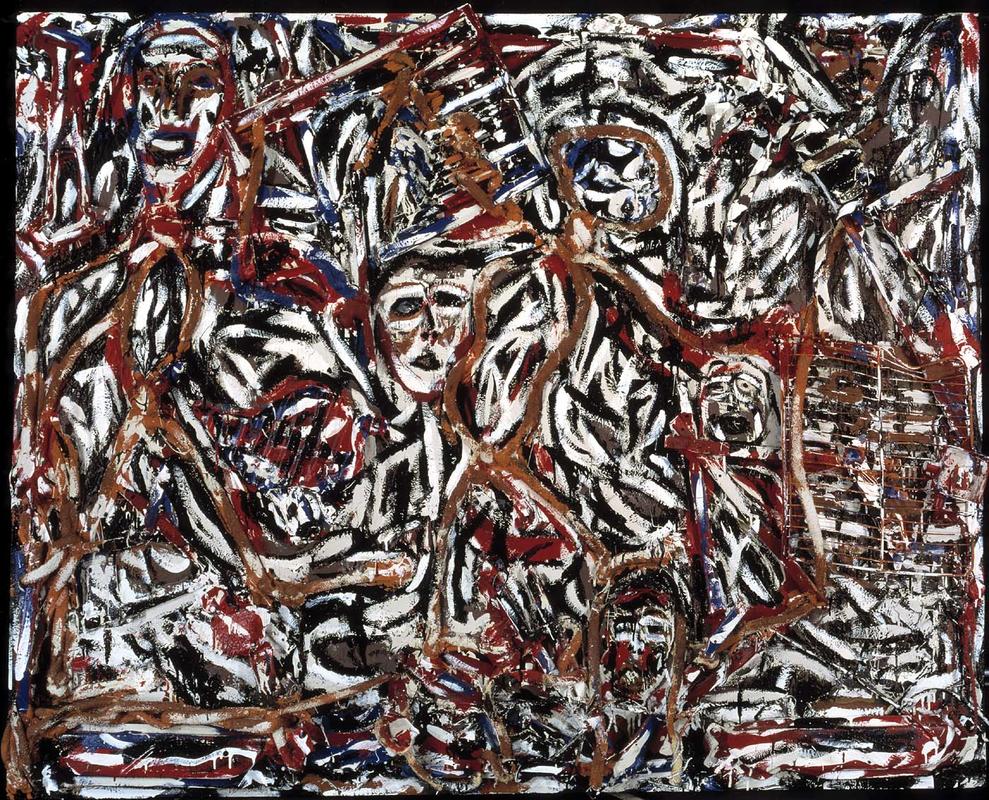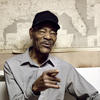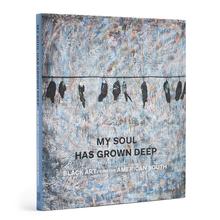More about Top of the Line (Steel)
- All
- Info
- Shop

Contributor
Thornton Dial, Sr.’s politically charged work documents the unrest, injustice and, inequalities that go hand in hand with being an African American in a white dominated world.
You really don’t need to be an art history buff to appreciate the emotions that he puts into his pieces. In Top of the Line (Steel), Dial smacks you in the face with colors, images, objects, and size (it’s nearly 5ft by 7ft), all of which work together to recount a tragic event. Today, his work graces the walls of museums such as the de Young, the Met, and the Whitney, but it wasn’t always sought after or even appreciated. Outsider and primitive are terms that have been used to describe the work of untrained artists who don’t buy into what is considered “fine art”— Dial, for example, initially called his work “things” rather than art. These aren’t necessarily nice terms, either. It’s like the academically PC way of saying, “I’m not sure if these deserve to be called ‘art.’ Let’s give them their own category!” Well, if this is outsider art, I'm not sure if I want to be inside.
Dial completed this piece in 1992, in response to one of the largest and most destructive riots that broke out in Los Angeles after a rather controversial jury verdict. Here’s the lowdown of that day:
Following a traffic violation, the police beat motorist Rodney King so badly that they pulverized his facial bones like “grains of sand.” The jury that tried the police in question almost unanimously determined that they were not guilty. If this makes you as mad as it makes me, I’m afraid you won’t be comforted at all by what I’m going to say next. The trial was held not in multicultural Los Angeles but in the whiter than Eminem sunbathing in a snowstorm-white town of Simi Valley, and VERY unsurprisingly, the all-white jury found the police officers innocent of any fault. I know, I know. It’s bad. Los Angeleans thought so too. Everyone said, “Oh hell no,” and riots began almost immediately.
In his work, Dial took the adage, “one man’s trash is another man’s treasure” to a new level. When asked to describe his work, he has said that he, “only wants to use materials that have been used by people...that have did people some good.” Thus, he turned to the streets to collect enamel, unbraided rope and miscellaneous metal from around his Bessemer, Alabama home to complete Top of the Line (Steel). He makes literal references to the items looted in the riots by including things such as a metal grill and a wire basket. He piles these objects onto the canvas, which makes his pieces almost look more like sculptures than anything else. In fact, seeing his work in person made me feel like I could use a shovel and head lamp to dig through all the layers.
In all seriousness, it’s easy to be sad about the fact that injustices like the Rodney King incident are happening even more frequently today, but sometimes it helps to turn the proverbial lemons into lemonade and create something that provides meaningful social critique, even without an art school degree!












